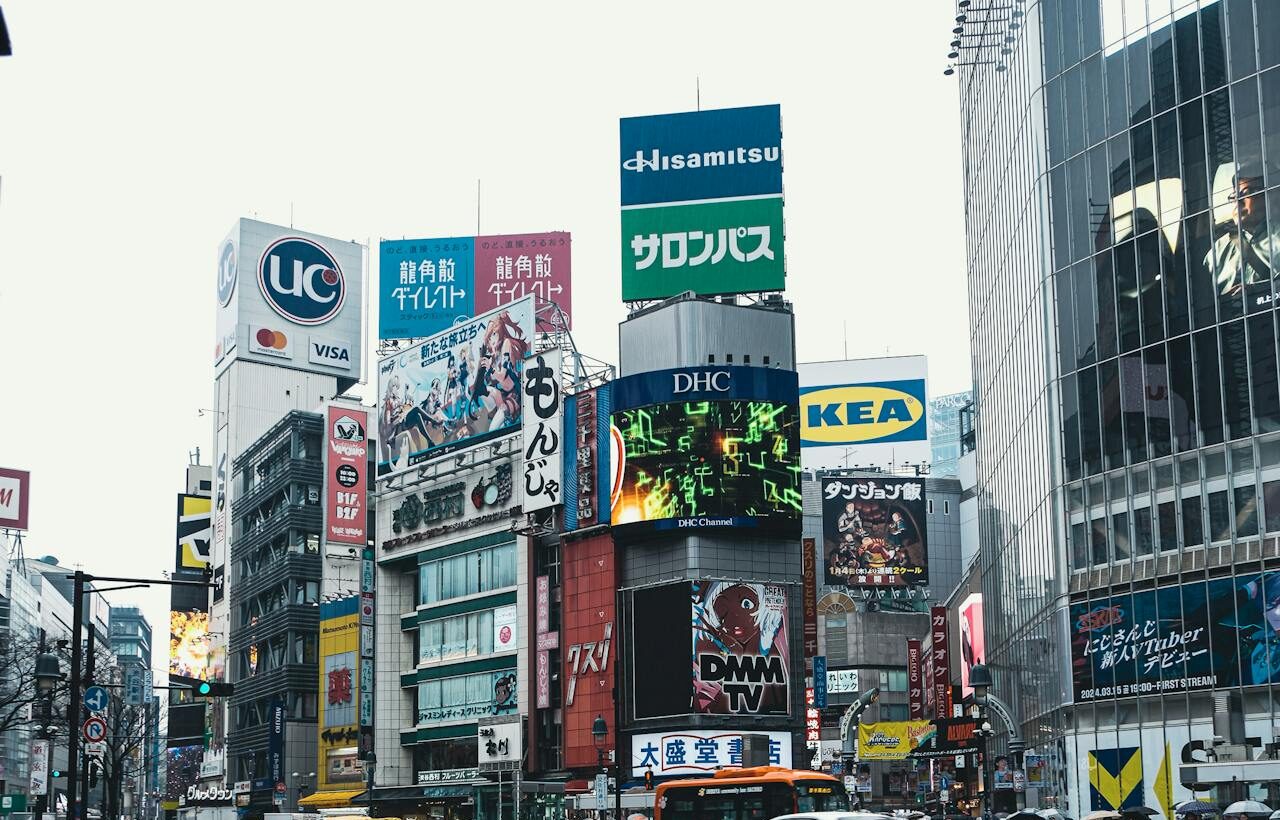While much of the marketing world is fixated on digital innovation, billboard advertising continues to play a vital role—especially in emerging markets where traditional media still commands attention. In regions where digital access isn’t always guaranteed or evenly distributed, the value of a highly visible, physical presence can’t be overstated. As cities expand and economies grow, billboard advertising presents brands with unique ways to reach and resonate with diverse audiences. Still, the road to success in these markets isn’t without its obstacles.
Standing Tall in the Crowd
One of the main reasons billboard advertising holds its ground in emerging economies is its unavoidable presence. A well-placed billboard in a busy part of town can reach thousands—if not millions—of people every day. In areas where internet access is limited or unreliable, billboards offer a dependable way to get a message in front of the public.
In cities like Jakarta, Lagos, or Dhaka, where traffic congestion is part of daily life, large-format ads have an extended opportunity to make an impression. Drivers, passengers, and pedestrians alike encounter the same ads repeatedly, building familiarity and trust in a brand over time. Compared to the overwhelming saturation of online ads, this physical consistency has a unique persuasive power.
Urban Growth Fuels Demand
Emerging markets are often in the midst of rapid urban development. New infrastructure—roads, railways, shopping complexes, airports—means new spaces for advertisements. As more people migrate to urban areas, the demand for consumer goods and services increases, and so does the value of advertising real estate.
Many of these cities are still relatively unsaturated with billboard clutter, giving early advertisers the opportunity to stand out. Where space in mature markets may be overly competitive and expensive, emerging cities offer brands the chance to dominate key areas with less noise from competitors.
A Budget-Friendly Medium
Compared to the often high cost and technical barriers of digital advertising in these regions, billboards remain a cost-effective solution. In some markets, even small and medium-sized businesses can afford prominent placements, allowing them to grow visibility without needing complex digital strategies.
Additionally, there are fewer variables involved—no need for constant algorithm changes, no data privacy regulations to navigate, and no dependency on user devices or bandwidth. The investment is straightforward: create compelling artwork, secure the right location, and maintain the space. In many cases, that’s all it takes to run an effective campaign.
Tapping into Local Culture
One of the most valuable aspects of billboard advertising in emerging markets is its flexibility in reflecting local culture. Ads can be tailored to speak directly to the community—using local languages, slang, humor, and visual styles that resonate with the public in a way global templates often miss.
For international brands, collaborating with local creatives or agencies can be the key to breaking through cultural barriers. A one-size-fits-all global message may not translate well in diverse environments, but when tailored properly, a billboard becomes a powerful cultural connector rather than just a corporate message.
Going Digital—Slowly but Surely
While traditional static billboards still dominate, digital billboards are beginning to gain traction in some urban centers. Cities like Manila, Nairobi, and Bangkok are starting to incorporate LED screens and smart signage, which allow advertisers to rotate content, use motion graphics, and even respond to real-time conditions like weather or traffic.
That said, the rollout of digital OOH (out-of-home) advertising has been slow due to infrastructure limitations. Electricity reliability, installation costs, and limited technical support often hinder the widespread adoption of these technologies. However, as connectivity improves, digital billboards are likely to become more common.
Navigating Red Tape
Operating in emerging markets often means dealing with unpredictable regulations. Zoning laws may be vague, change frequently, or be enforced inconsistently. Some local governments may introduce sudden bans on outdoor advertising in certain areas, while others may require lengthy and complex approval processes.
Foreign companies can find this frustrating, especially if they’re used to well-defined regulatory frameworks. Working with local partners who understand the landscape—and the unofficial rules—can be crucial to avoid costly delays or missteps.
Visual Pollution and Social Impact
As billboard advertising grows, so do concerns about its visual impact on public spaces. Some communities are beginning to push back against an overabundance of signage, citing issues of aesthetics, environmental disruption, and even safety. In response, some cities have started to regulate or limit the number and size of billboards, particularly in residential or historic areas.
Advertisers also need to be sensitive to the social and cultural context. Missteps in messaging—whether due to cultural misunderstandings, insensitivity, or tone-deaf imagery—can lead to backlash, especially in tightly knit communities where word spreads quickly.
Blending Physical with Digital
The future of billboard advertising in these regions will likely involve a blend of traditional and digital strategies. With mobile phone usage rising in even the most remote areas, smart integrations are becoming possible. A billboard featuring a QR code, SMS shortcode, or social media hashtag can extend the interaction beyond the physical space and into the digital realm.
Campaigns that create continuity across channels—such as a billboard that promotes a giveaway on WhatsApp or a physical ad that encourages followers on Instagram—can create a more immersive experience. This approach lets brands measure engagement and adjust strategy while still maintaining that strong offline presence.
Final Thoughts
Billboard advertising in emerging markets is far from outdated—in fact, it may be more relevant than ever. With their strong visual presence, affordability, and cultural flexibility, billboards offer brands a chance to connect with consumers in real, tangible ways. At the same time, advertisers must navigate a landscape shaped by fast-paced development, shifting regulations, and infrastructure challenges.
For those willing to adapt, collaborate locally, and take a long-term view, the potential rewards are significant. In a world racing toward digital, sometimes the best way to stand out is still the old-fashioned way—bold, bright, and right in the middle of the street.


Leave a Reply